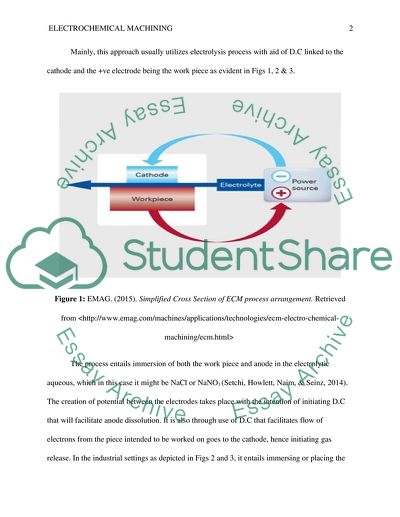Cite this document
(“The Process of Electrochemical Machining Essay Example | Topics and Well Written Essays - 1250 words - 12”, n.d.)
The Process of Electrochemical Machining Essay Example | Topics and Well Written Essays - 1250 words - 12. Retrieved from https://studentshare.org/engineering-and-construction/1699004-writers-choice
The Process of Electrochemical Machining Essay Example | Topics and Well Written Essays - 1250 words - 12. Retrieved from https://studentshare.org/engineering-and-construction/1699004-writers-choice
(The Process of Electrochemical Machining Essay Example | Topics and Well Written Essays - 1250 Words - 12)
The Process of Electrochemical Machining Essay Example | Topics and Well Written Essays - 1250 Words - 12. https://studentshare.org/engineering-and-construction/1699004-writers-choice.
The Process of Electrochemical Machining Essay Example | Topics and Well Written Essays - 1250 Words - 12. https://studentshare.org/engineering-and-construction/1699004-writers-choice.
“The Process of Electrochemical Machining Essay Example | Topics and Well Written Essays - 1250 Words - 12”, n.d. https://studentshare.org/engineering-and-construction/1699004-writers-choice.


